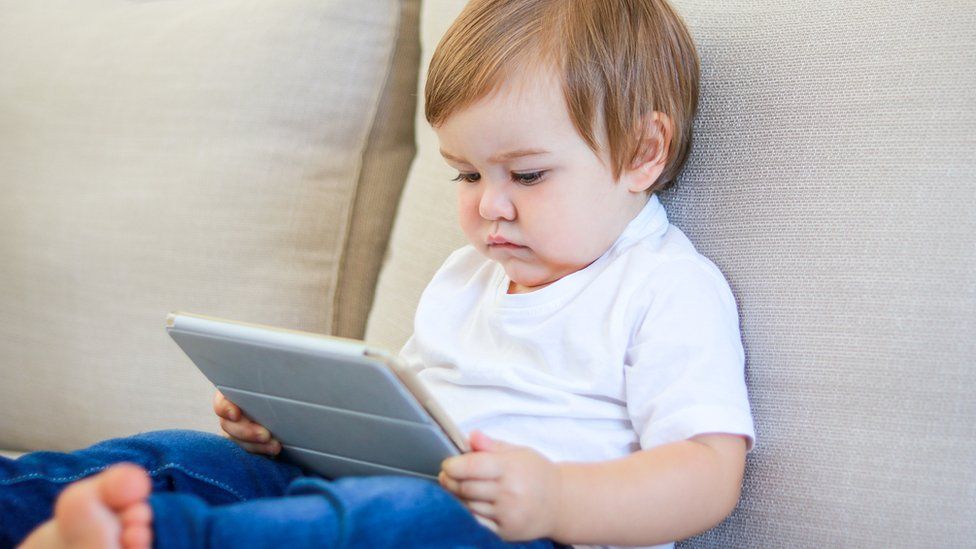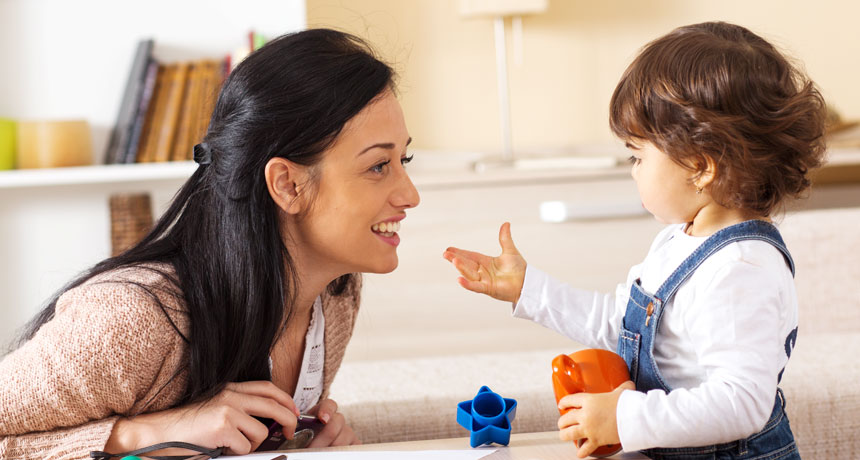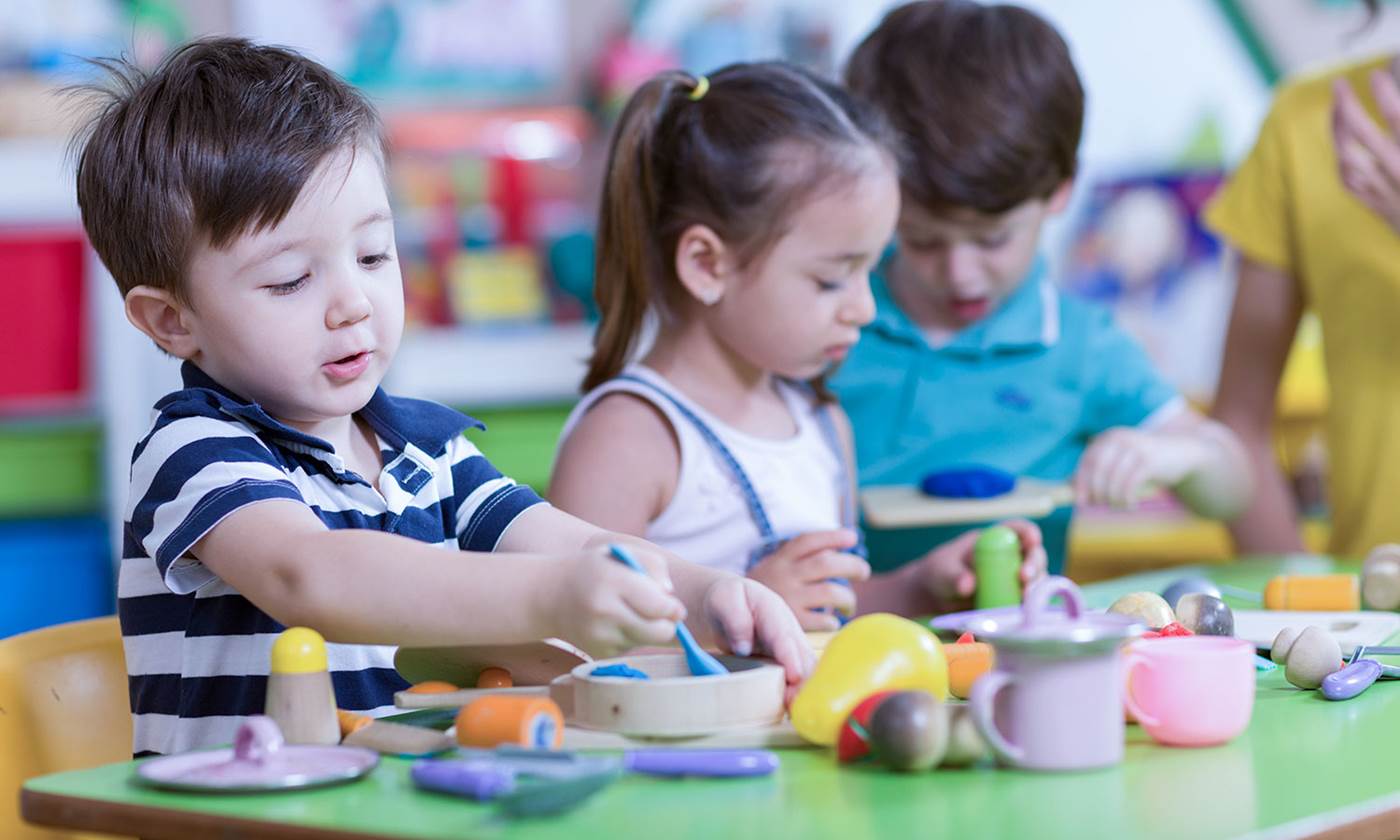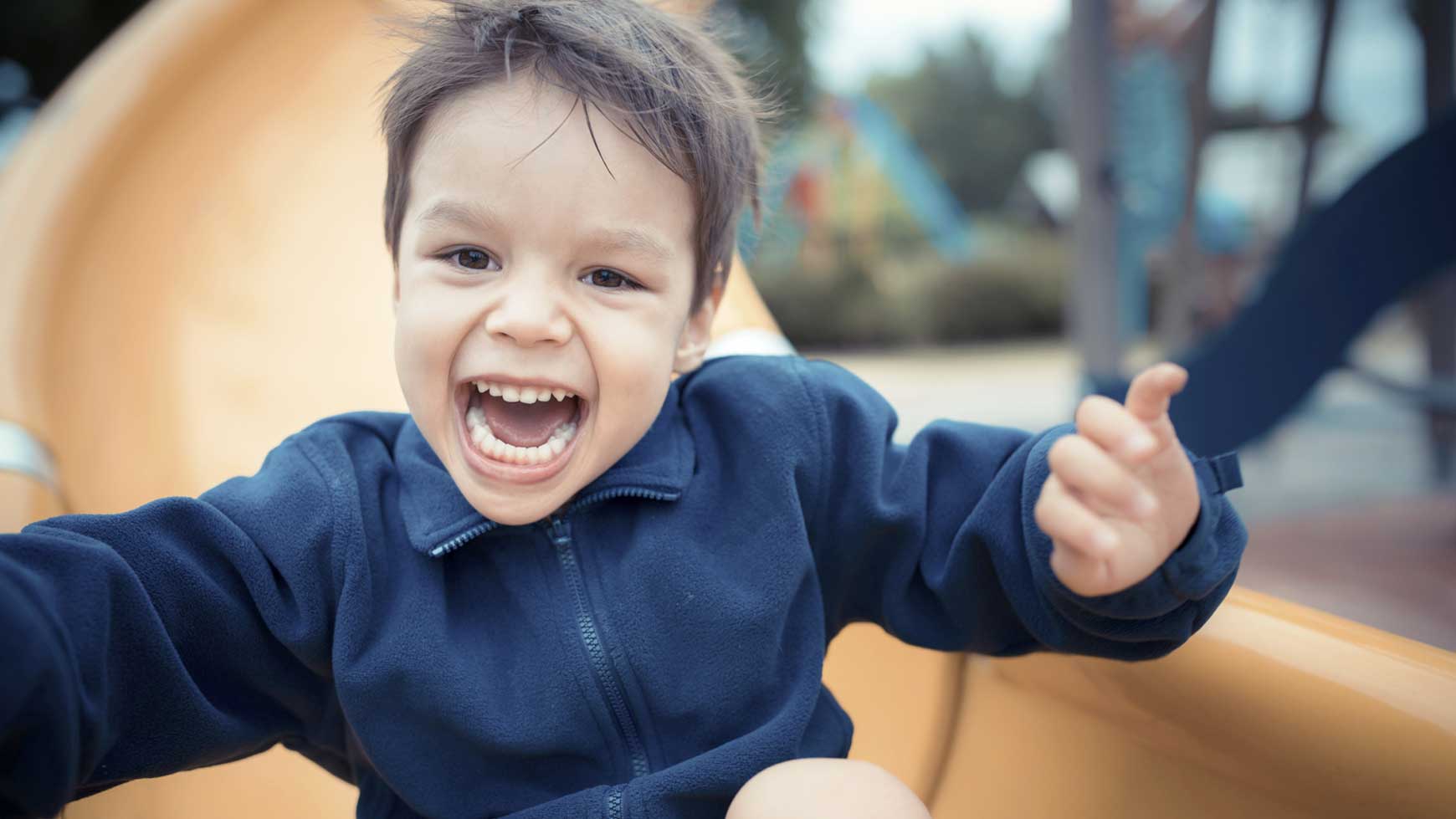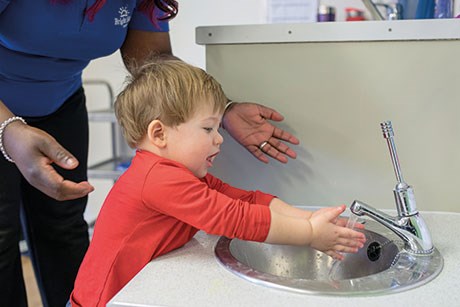Screen Time and Toddlers
The Average Australian Toddler spends 2-3 hours engaging in screen time each day
Did anyone see this rather startling headline in last week’s news bulletins?
At the outset it certainly makes you sit up and take notice.
The results of a long term, large scale study of Australian toddlers linked screen time to toddlers being exposed to 194 fewer conversations or missing out on hearing more than 1000 words spoken by adults each day.
The study then went on to say that, for every extra minute of screen time, our 3 year olds were hearing 7 fewer words and speaking 5 fewer words.
Yes, this finding needs to be acknowledged and, most definitely, addressed if we are to provide our children with the best start in life but let’s not use this as evidence to prove ‘all screen time is damaging’ or to make carers and parents feel guilty for allowing or even encouraging their young children to engage with screens.
Let’s use this information in the following ways:
Create Language Rich Environments for our Children
We know that being exposed to a language rich environment is critical in supporting the development of language in the early years. Early language development predicts outcomes for children in later life including academic, social and emotional outcomes.
Screens are here to stay so, instead of demonising them, let’s accept that fact and really make efforts to engage our children in language opportunities that boost vocabulary development, engagement in back and forth interactions and play. We can do this at times where screens are out of sight and out of mind.
The simple act of adults also putting away their screens (phones, laptops and televisions) and consciously following the lead of their child’s interests, getting down to their child’s level and playing will also work wonders in setting children on a path of language development.
Make conversation, story time and play with your child a daily habit and think about how you model the use of screens in your own life! Language rich environments and screens can live harmoniously side by side but we need to make a concerted effort for that to happen.
Remember that no programme, App or youtube channel has as much value when it comes to language development as YOU!
Children rely on the adults in their lives to provide opportunities for back and forth interactions, communication of new words and thoughts that match a child’s interests and children look to use for cues about what new words might mean.
There is no digital programme out there that can tune into your child’s interests as well as you nor is there an App that can provide true interactive experiences with another human in that way that you can!
Our young children are sponges!
Children don’t have ‘off’ waking hours when it comes to their potential to learn. They are constantly absorbing new words and meanings as long as they are awake. Engage your child in conversation to stimulate this learning during your everyday routines, play and during car trips. This […]

